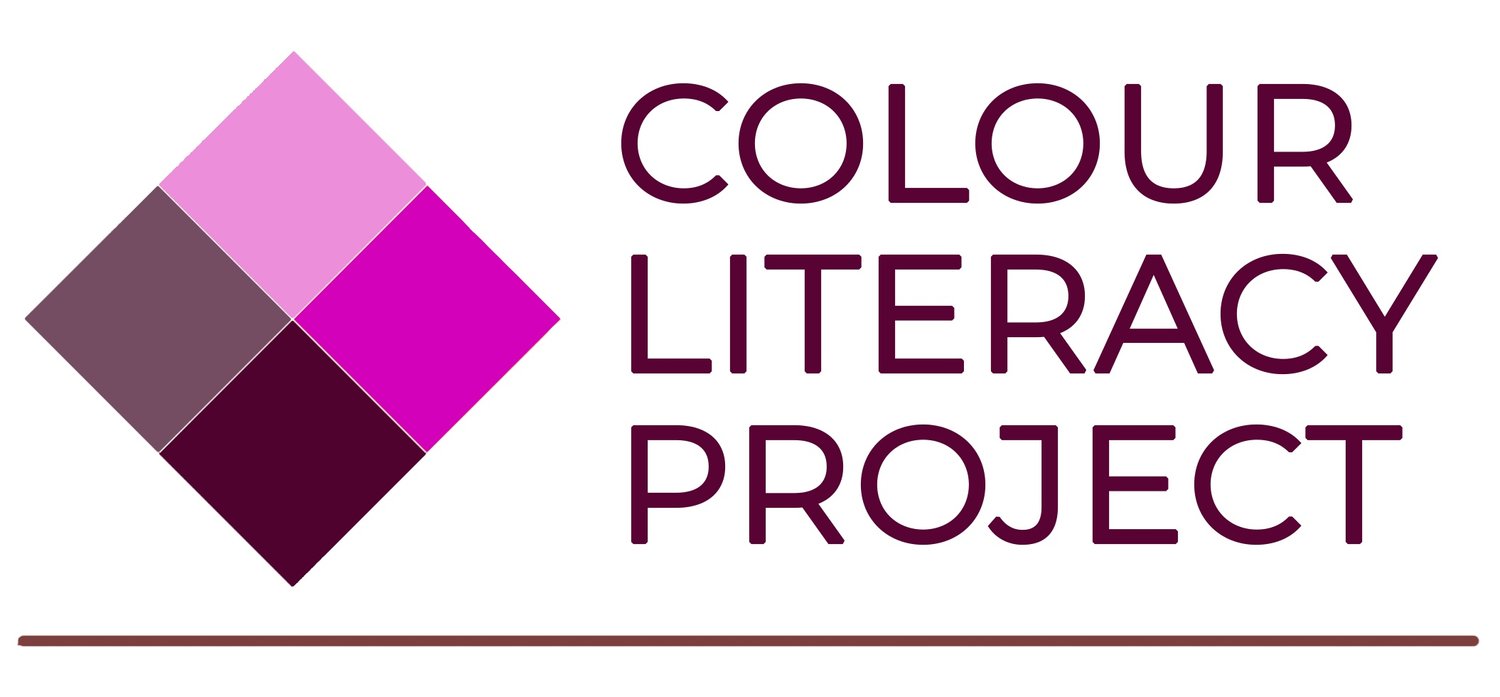Misconception: Colours have universal symbolic meanings
Concept Corrected: Although colours can affect us deeply, colours can have different meanings or associations for different people, for different cultures, and at different points in history
Colours are often thought to have universal symbolic meanings, however colour symbolism and meaning are complex ideas, intertwined with history, nature, culture and context. Simple statements like ‘red means this’ or ‘blue means that’ are overly simplistic, both in terms of using a single hue name to describe a colour, and in terms of understating the complexity of the context of the association. Every colour may have multiple or even contradictory meanings, depending on the context, and on the culture.
Colours can affect our moods and emotions, but they way we respond to certain colours is profoundly impacted by both our individual experiences and our past history, as well as our culture. The same colours do not necessarily affect all people in the same way, or even the same person at different points in time.
Colour can have personal meanings, associations and symbolism, but generalizing universal associations across all cultures is extremely difficult. Researchers from the Colour Experience Lab in Lausanne, Switzerland have studied conceptual associations between both written words for colours and physically coloured areas (‘swatches’) with emotion-words like fear, sadness, joy, etc. Their colour-emotion surveys include responses from several thousand participants with various cultural and linguistic backgrounds, from over 30 countries. They have found some instances of strong colour-emotion associations. For example, both a red-coloured swatch and the written word ‘red’ are strongly associated with both ‘anger’ and ‘love’. Pink is similarly associated with ‘love’. Other emotion-words like ‘contempt’ and ‘shame’ do not have strongly defined associations with colours. More recent surveys of colour-emotion associations from the Colour Experience Lab make use of coloured swatches with a wider range of colour attributes compared to previous studies. In these instances, both dark chromatic and low-value achromatic colours tend to be associated with the ‘negative’ emotions like fear, hate and sadness. Here the character of the colour, rather than its hue, underlies the association.
Studies like this relate isolated colour concepts with named emotions, but do not take effects such as the surrounding or environmental contexts, or expectations of the observer into account. The associations exist at the conceptual level, as similar associations are found for a physically written word, as for a physically coloured swatch. Many factors play a role in how we make these types of conceptual associations. Whether those conceptual associations somehow arise universally, or arise due to cultural and local environments, or some combination of both, is still up for further study and debate.
Green is associated with growth and fertility.
Green is associated with wealth.
Some colour symbolism can stem from historical and cultural uses of objects with specific colours. For example, the greens found in leaves and grass readily make associations with growth and fertility. The association of greens with wealth stems from the use of chromium-based inks for colouring US currency since 1862. The particular ink was chosen as it was difficult to destroy (so forgers could not remove the ink, photocopy and later re-colourize counterfeited banknotes) and the colour could not be photographed. Both of these qualities of the ink help prevent forgery. The utilitarian nature of a particular ink thus led to the symbolic association of green with wealth in the Western context.







